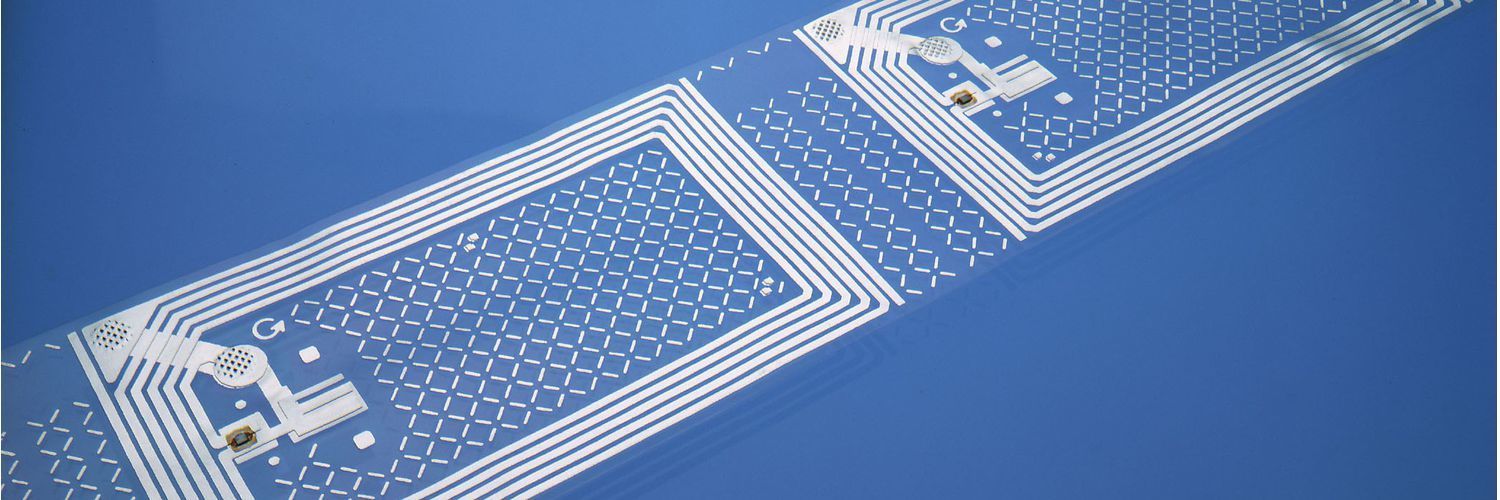
Blog
What is a MIFARE Card?
MIFARE (derived from the term MIkron FARE Collection System) is NXP’s well-known brand of passive RFID chip used in and tags with a typical read/write distance of 10 cm (4 inches).
MIFARE is small enough and has the flexibility to be housed just about anywhere, from plastic cards and RFID wristbands to key fobs and even smartphones. And that means it can help people do just about anything. It’s already in things like bus passes, employee badges, library cards, metro passes, student IDs, loyalty cards, toll cards, stadium-access passes and an increasing number of smartphones.
In total, more than 1.2 billion people have access to MIFARE-based systems in over 70 countries. MIFARE products are proven and more reliable than any other interface technologies in the market and are unquestionably seen as the market leader. They comply with the international standard ISO/IEC 14443, which is used in more than 80% of all contactless smart cards today.
Where is MIFARE used?
At the heart of these best-in-class projects worldwide, there is Mifare contactless smart card:
- Transport ticketing is backed by Mifare cards for smart travel and cashless payment – Oyster Card London, TROIKA Card Moscow, Clipper Card San Francisco
- University Campuses – Technical University Delft, National University of Singapore, San Francisco University, Cambridge University
- Corporate buildings – General Motors, Nestlé, Daimler Benz, the EU Commission
- Hotels use either Mifare Ultralight C or 1k Mifare for their guest’s hotel room keys – Savoy, Rosewood, Hilton, Hyatt, Intercontinental, Marriott
- Stadiums utilising Mifare security – Istanbul, Manchester, Munich, Sao Paulo
Where it all began
In 1994, MIFARE was introduced as the world’s first contactless ISO/IEC 14443 memory IC with cryptography. Since then, public and private-sector organisations around the world have used MIFARE as the foundation for all kinds of contactless smart card systems. What started as an interesting idea has become a worldwide phenomenon. The technology is owned by NXP Semiconductors, which was spun off from Philips Electronics in 2006.
What is ISO/IEC 14443?
An international standard that defines smart cards used for identification, and the transmission protocols for communicating with it. Near Field Communication (NFC) is based on in part, and is also compatible with, ISO/IEC 14443.
How do I choose the right RFID card chip?
When choosing the right RFID chip you need to decide on the purpose of the RFID card, tag or wearable? For example, an event or festival wishing to go cashless would use a MIFARE Ultralight chip in their RFID wristband or RFID card. A cashless system uses the chip’s unique identifier to identify the individual user and does not require storage of any other data.
What’s a unique identifier (UID)?
A numeric or alphanumeric string that is associated with a single entity within a given system. UIDs make it possible to address that entity so that it can be accessed and interacted with.
Can I assign my own UID to MIFARE cards?
UIDs for MIFARE cards are assigned during the production and can never be changed thereafter.
What MIFARE products are available?
Varying levels of security, memory capacity and functionality determine which one of the four MIFARE products are chosen, namely MIFARE Ultralight, MIFARE Classic, MIFARE Plus and MIFARE DESFire. Let’s take a look at each in turn;
MIFARE Ultralight
The MIFARE Ultralight has only 512 bits of memory (i.e. 64 bytes), without cryptographic security. The memory is provided in 16 pages of 4 bytes. Cards based on these chips are so inexpensive that they are often used for disposable tickets for events such as the Football World Cup. It provides only basic security features such as one-time-programmable (OTP) bits and a write-lock feature to prevent re-writing of memory pages but does not include cryptography as applied in other MIFARE based cards.
This has since been superseded by MIFARE Ultralight EV1, meaning Version 1. This newer EV1 version is completely compatible with all MIFARE Ultralight systems and contains a digital signature to ensure the chip is a genuine NXP product.
MIFARE Classic
The MIFARE Classic card is fundamentally just a memory storage device, where the memory is divided into segments and blocks with simple security mechanisms for access control. They are ASIC-based and have limited computational power. Thanks to their reliability and low cost, these cards are widely used for electronic wallet, access control, corporate ID cards, transportation or stadium ticketing.
The MIFARE Classic 1K, also known as 1k Mifare cards, offers 1,024 bytes of data storage, split into 16 sectors; each sector is protected by two different keys, called A and B.
MIFARE Classic has also evolved, is now known as Mifare Classic EV1 1K and represents the highest evolution of the MIFARE Classic product family succeeding all previous versions.
MIFARE Plus
MIFARE Plus brings benchmark AES security to contactless smart card applications. It offers the benefit of a seamless upgrade of existing MIFARE Classic installations and services with minimum effort. This results in the possibility to issue cards, being fully compatible with MIFARE Classic, into existing system environments prior to infrastructure security upgrades.
MIFARE DESFire
The MIFARE DESFire product family consists of MIFARE DESFire EV1, MIFARE DESFire EV2 and the latest EV3 products and is ideally suited for solution developers and system operators building reliable, interoperable and scalable contactless smart card solutions. It targets multi-application smart card solutions in identity, access control, loyalty and micropayment applications as well as in transport schemes.
There you have it, a full rundown on just what is a Mifare card. If you want to know more about RFID then get in touch we’ll be happy to help.